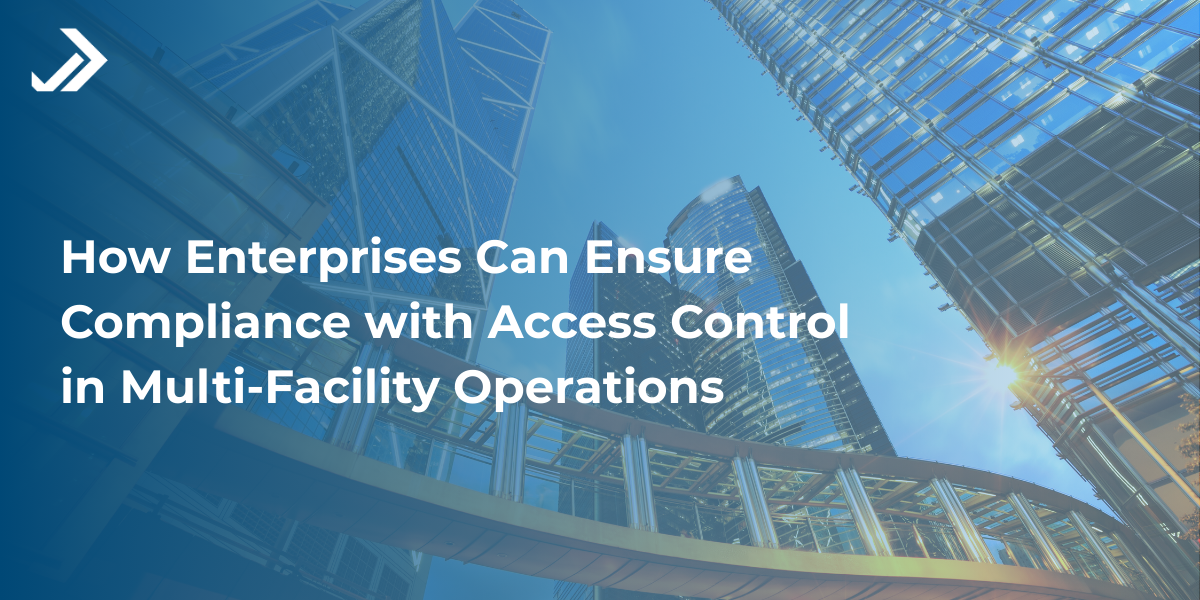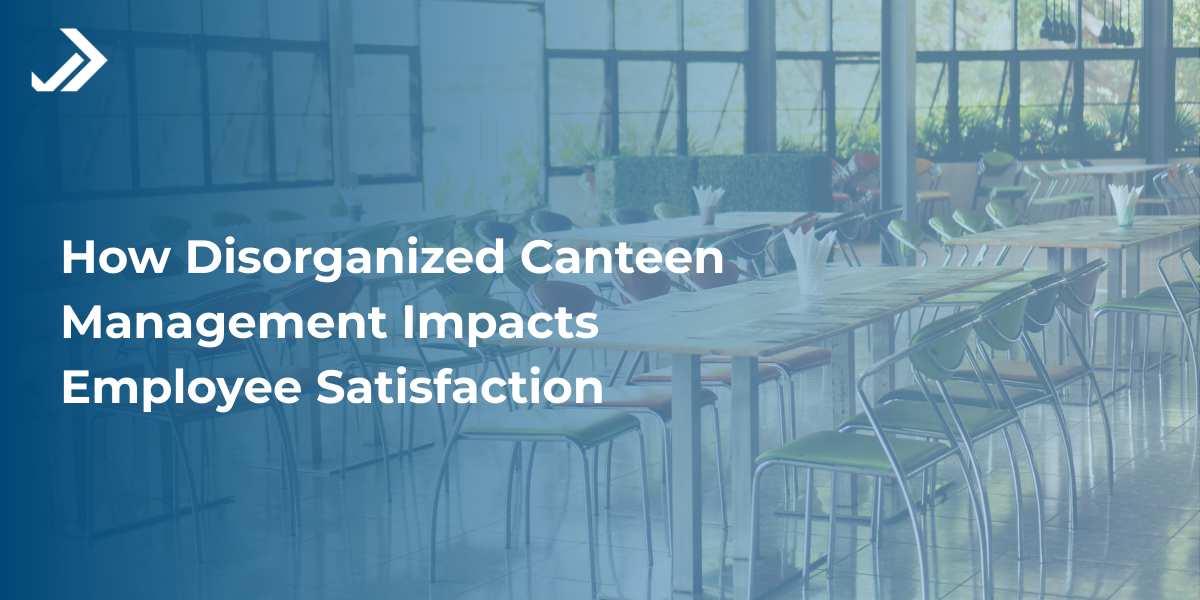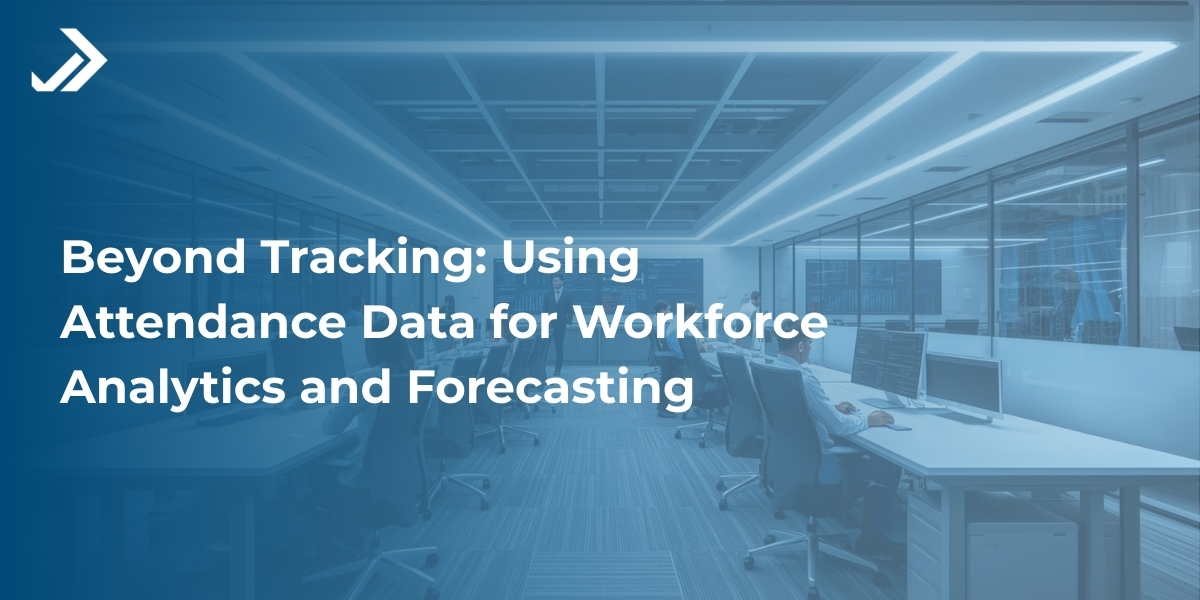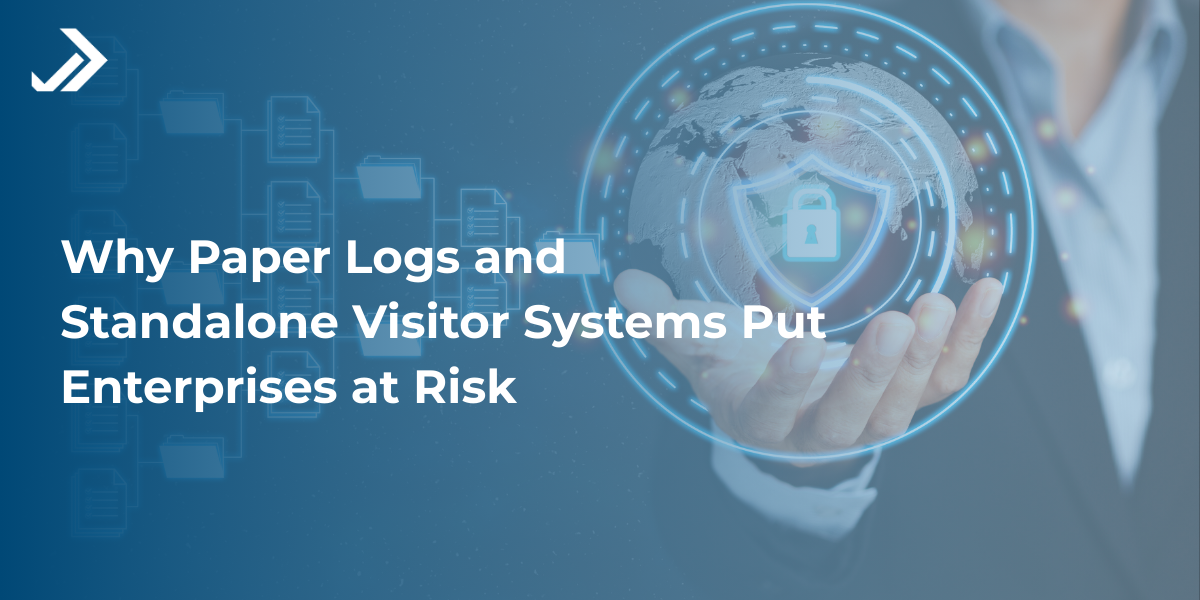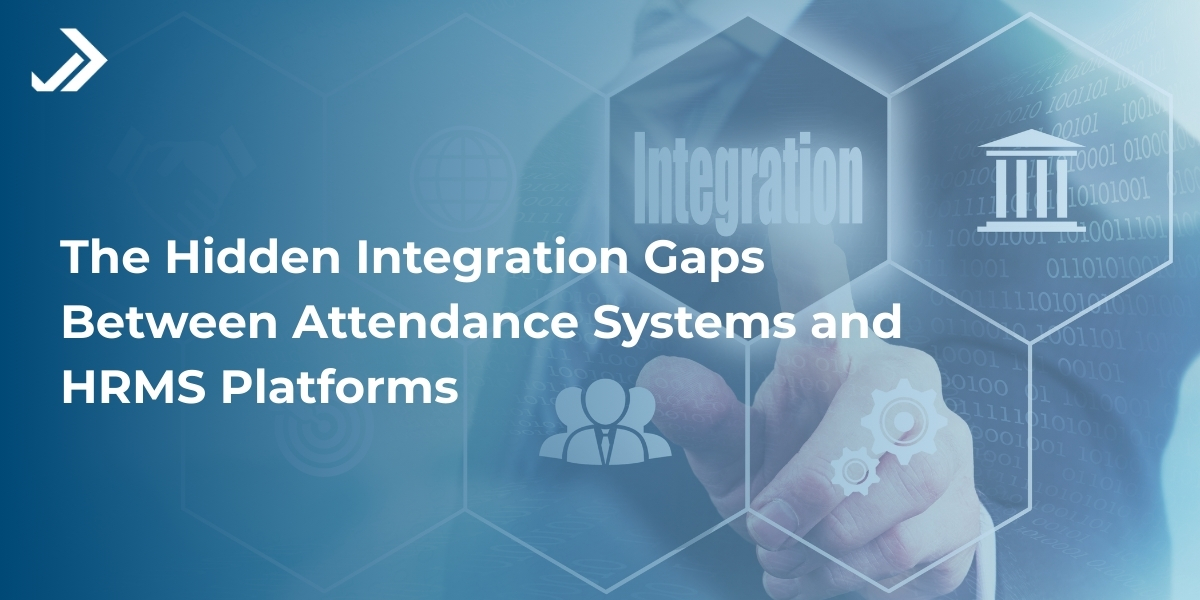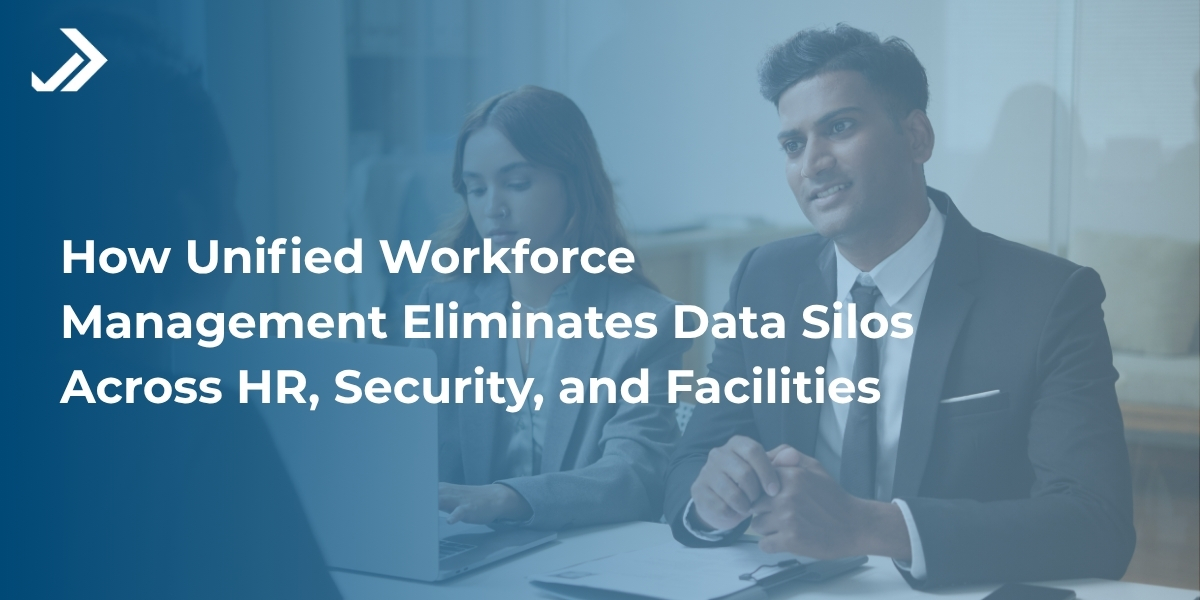

Author : Marketing Team | Follow us on LinkedIn:
23 Oct, 2025
How Unified Workforce Management Eliminates Data Silos Across HR, Security, and Facilities
Table of Contents
Walk into any large organization and you’ll notice the same pattern. HR operates its own attendance system, security maintains its own access control logs, facilities handles visitor data in a separate format, and the cafeteria team tracks subsidies using spreadsheets. Each department is doing its job, yet none of them sees the whole picture.
The result? Blind spots everywhere. Duplicate entries create errors. Payroll mismatches frustrate employees who operate their own attendance system, security maintains its own access control logs, facilities handles visitor data in a separate format, and the cafeteria team tracks subsidy usage. Compliance reports take days because data lives in silos. When visitor slips go missing or occupancy isn’t tracked, security gaps appear. This isn’t inefficiency—it’s a risk.
This is where a unified workforce management platform changes the game. Instead of each department running in isolation, one platform ties everything together, from an attendance management solution to an access control solution to visitor management software. It gives leaders a single, trusted source of workforce data.
What Are Data Silos in Workforce Operations?
A data silo is simple to define: information locked in a system that doesn’t talk to others. But the impact is anything but simple.
Picture this:
- HR can view who clocked in late in the attendance management Still, it has no visibility into whether that employee also swiped into the building through the access control solution.
- Facilities can track cafeteria usage, but can’t connect it to the actual headcount in the office.
- Security has details from visitor management software, but no visibility into whether a contractor overstayed their clearance.
Disconnected systems like these slow decisions, increase costs, and create compliance risks. Leaders often react with incomplete information rather than plan with confidence.
The Concept of Unified Workforce Management
A unified platform integrates all workforce-related functions under one roof. No patchwork, no juggling between tools—just one ecosystem where data flows freely across HR, security, and facilities.
Here are the core modules that usually come together:
- Attendance Management Solution: Tracks employee presence in real time and feeds data directly into payroll.
- Access Control Solution: Manages secure entry and exit across facilities with clear logs of who entered, when, and why.
- Visitor Management Software: Digitally registers, verifies, and monitors guests instead of relying on paper slips.
- Contract Labour Management System: Automates contractor compliance, records attendance, and manages access levels.
- Canteen Management System: Digitizes food subsidies and usage, eliminating paper coupons and guesswork.
- Facility and Parking Management: Optimizes workspace allocation, utilities, and parking slots.
How Unified Systems Eliminate Silos Across Functions
The power of a unified approach lies in the connections it creates. Let’s break it down:
1. HR + Attendance + Access Control
When the access control solution syncs with the attendance management solution, buddy punching becomes impossible. Payroll mismatches disappear, and HR saves hours reconciling data.
2. Security + Visitor + Contract Labour
Logs from visitor management software and contractor systems combine to give security a real-time list of everyone inside. Clearance levels can be checked instantly, and compliance audits are far smoother.
3. HR + Canteen + Facility
Subsidy rules in the canteen link directly with employee profiles in the attendance management solution. Facilities teams see actual usage trends and can optimize resources accordingly.
4. Facilities + Parking + Security
Real-time occupancy data from the access control solution links to parking allocation. In emergencies, security knows exactly how many people are on-site and where.
5. Enterprise-Wide Insights
Dashboards merge attendance logs, visitor flow, and access control reports into one view. Leaders no longer work on assumptions; they work with connected, actionable data.
Benefits of Eliminating Silos with Unified Workforce Management
The payoff is hard to ignore.
- Accuracy: All teams work with the same dataset from the attendance management solution, access control solution, and visitor management software.
- Efficiency: No duplicate data entry or manual reconciliation between systems.
- Compliance: Labour law and visitor regulations are addressed automatically with digital logs.
- Security: Complete visibility of employees, contractors, and visitors on the premises.
- Employee Experience: Faster entry with access cards or biometrics, easy cafeteria usage, and smooth parking.
- Cost Savings: Smarter allocation of space, workforce hours, and operational budgets.
For instance, consider a large pharmaceutical company that struggled with paper visitor logs and siloed attendance systems. After moving to a unified platform, compliance audits dropped from three weeks of preparation to just a few clicks. Payroll mismatches have been reduced dramatically, and security has gained real-time visibility into who is inside their facilities.
Conclusion
Running HR, security, and facilities in isolation is like steering a ship with three captains who never share a map. Data silos create duplication, delays, and unnecessary risks.
A unified workforce management platform fixes that. With a connected attendance management solution, an integrated access control solution, and modern visitor management software, organizations finally get one source of truth. The result is accuracy, efficiency, compliance, and stronger security.
The future of workforce operations doesn’t lie in juggling disconnected tools. It lies in one platform that brings HR, security, and facilities together—and runs the workplace end-to-end.


